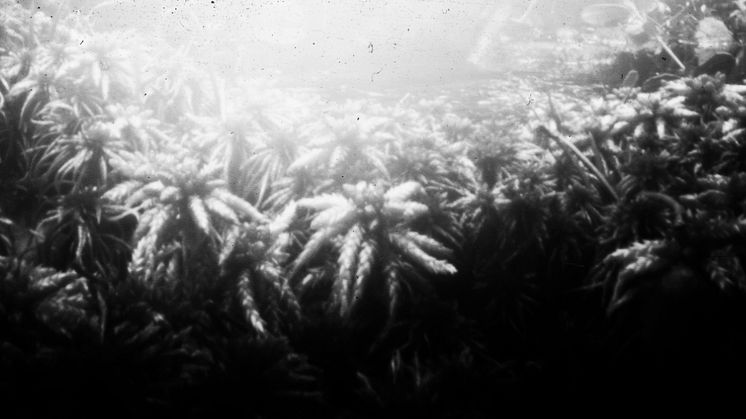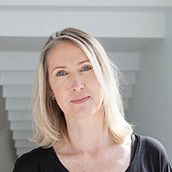
Press release -
Iwo Myrin / Memories from the Taiga
Iwo Myrin’s motifs are drawn from the taiga, the geographical zone of the northern hemisphere dominated by coniferous forest. In bronze casts and pinhole photographs of mushrooms, pine needles and moss, the taiga makes a direct impression in his exhibition at Bildmuseet.
Welcome to the press preview on Thursday 25 November at 10:00 (RSVP). Welcome by museum director Katarina Pierre, Iwo Myrin presents his exhibition. Individual digital tours and interviews are given on request during the day. Preview on the same occasion of Zanele Muholi’s upcoming exhibition.
The exhibition Iwo Myrin / Memories from the Taiga presents bronze sculptures and pinhole photographs. Several of the photographs’ motifs are from the forest at Kolbäcken in the periphery of Umeå, a place
with which Myrin has a special relationship. It was here he began photographing with self-built pinhole cameras in the autumn of 1996. The photographs in the exhibition are made from paper negatives from that time. The landscapes emerging in the grainy images are reminiscent of dreamed worlds. A few years later,
he began to take forms for bronze castings from the ground of the same forest.
Iwo Myrin uses the simplest imaginable camera: a lensless box with a small hole on one short side and a photosensitive film on the opposite side. The landscapes that emerge in the grainy photographs are reminiscent of dreamed worlds. The artist’s cast bronzes are a variant of cire perdue, “lost-wax” casting in which nature itself is the original model. As well as supporting these small excisions from reality, the airways and casting ducts that remain as part of the sculpture reference fungal root systems, mycelia.
Iwo Myrin (b. 1964) lives and works in Stockholm. A graduate of Umeå Academy of Fine Arts, Myrin has had a large number of exhibitions and public commissions and is represented in the collections of the Public Art Agency Sweden and various municipalities and regional authorities.
Press preview / Thursday 25 November at 10:00 (RSVP)
Welcome by museum director Katarina Pierre, Iwo Myrin presents his exhibition. Individual digital tours and interviews are given on request during the day.
Press images: https://www.bildmuseet.umu.se/en/press/press-images
Press preview of Zanele Muholi’s upcoming exhibition on the same occasion.
Exhibition opening / Saturday 27 November at 14:00
Iwo Myrin will present his exhibition at the opening in conversation with museum curator Brita Täljedal. Zanele Muholi’s exhibition is inaugurated at the same event.
Further information
Museum curator Brita Täljedal, Bildmuseet
brita.taljedal@bildmuseet.umu.se, +46 90-786 7714
Related links
Topics
Categories
Bildmuseet is one of Sweden’s foremost venues for international contemporary art and visual culture. The exhibitions are produced in collaboration with artists, museums and universities worldwide, and often attract both national and international attention. As a visitor, you are invited to participate in guided tours and creative workshops, listen to artist talks, debates, lectures and live music, watch film screenings and attend other events.
Housed in an acclaimed building at the Umeå Arts Campus, right next to the Umeå Academy of Fine Arts, Umeå Institute of Design and Umeå School of Architecture, Bildmuseet is a part of Umeå University – one of Sweden's largest institutions of higher learning with over 35000 students and 4,000 employees. It is a multifaced university where studies and research within the creative realm make up an important part of the university's cornerstone.

